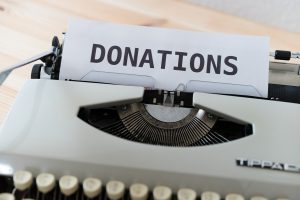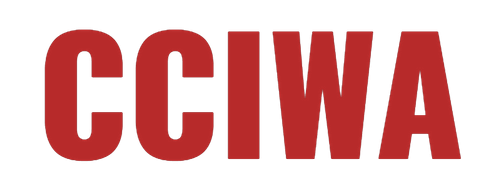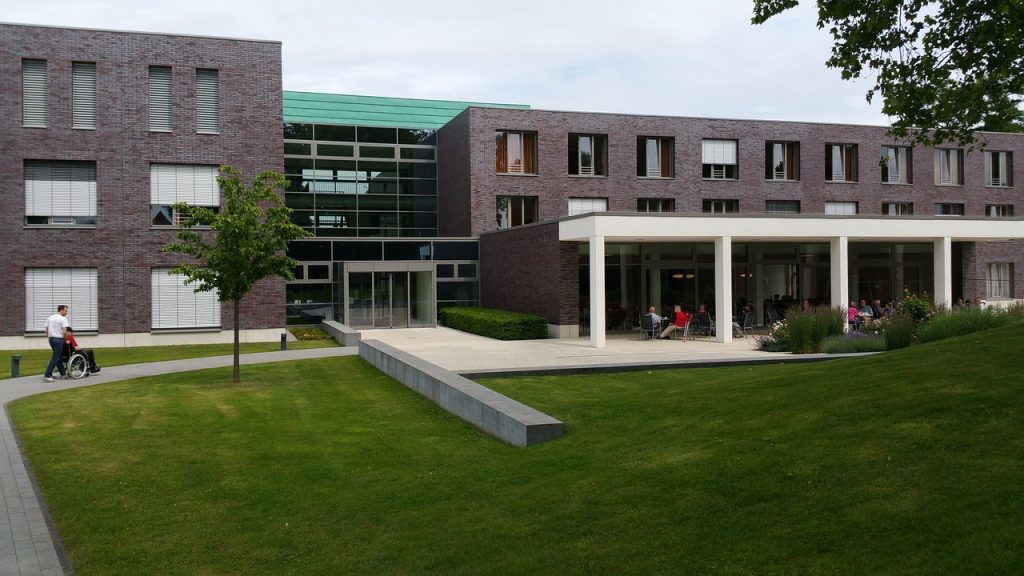Let us face it: Drug and alcohol addiction is expensive, whether in terms of money spent to fund the habit or how much it costs to get proper treatment. In fact, most victims cannot afford the cost of treatment out of pocket.
With the rising number of Americans forced to forego health insurance due to tough economic times, there is a genuine fear that paying for substance abuse rehabilitation out of pocket might be a bridge too far.
Even for people with insurance plans, it can be a daunting task to get the necessary coverage for inpatient drug and alcohol rehab. It means that many who need treatment might be unable to access it, leading to dire consequences such as relapse or even death.
However, all hope is not lost since there are still many ways to get into inpatient drug and alcohol rehab without insurance.
It may take some additional effort, but receiving the treatment you need is possible without breaking the bank.
So, how can you get into inpatient drug and alcohol rehab without insurance? Read on to find out.
What Is the Average Cost of Addiction Treatment?
The cost of addiction treatment varies depending on a wide range of factors. Every patient will have different needs and require different levels of care, making it difficult to pinpoint an exact cost. Some of the factors that contribute to the overall cost include:
- Type of treatment program (inpatient or outpatient).
- Length of stay in the facility.
- Location and amenities of the facility.
- Type of addiction being treated.
Overall, inpatient drug and alcohol rehab can range from $2,000 to $25,000 for a 30-day program. This is a huge amount of money, especially when insurance coverage is not an option.
However, there are ways to reduce the cost and make it more manageable.
How Can I Get into Inpatient Drug and Alcohol Rehab Without Insurance?
Are you committed to the journey of recovering from drug addiction but don’t have insurance to cater to the costs involved? Don’t worry because there are other ways of getting into treatment. We discuss some of the options you’ve got below:
1. Government and State-Funded Programs
State-funded rehab programs are special facilities that receive subsidies and grants from the federal government to run their operations and offer free or low-cost treatment to patients.
These programs are mainly meant to support people from low-income households, those with no insurance coverage, members of the military, and veterans.

These programs are no-frills and may not provide special amenities like private rooms. To qualify for such programs, you must prove that you lack insurance coverage and cannot afford private rehab services.
You will also be expected to provide proof of income and financial records as part of the application process.
SAMHSA offers an excellent search tool that makes it easy to find the contact information for such facilities: Directory of Single State Agencies for Substance Abuse Services.
2. Payment Plans and Sliding Scales
When you call an inpatient drug and alcohol rehab facility, make sure you inform them about your current financial situation.
Ask them if they offer sliding scale costs or discounted treatment. A sliding scale is an approved cost adjustment criterion where the cost of treatment is based on financial need.
It means that if you can’t afford to pay the full amount, the rehab center will offer you treatment based on what you can afford.
This varies from facility to facility; some facilities might provide a 25% discount, while others may provide up to 80% off.
Some rehab facilities may also offer payment plans where you can pay for your treatment in installments over an agreed-upon period rather than paying for everything upfront.
This can make the cost more manageable, but it’s essential to ensure that you fully understand the terms and conditions before committing.
Therefore, it is essential to ensure that your financial information is ready before you make that call. Sometimes, you may be required to show proof of income to qualify for such programs.
3. Non-Profit Organizations and Charity Groups
Some non-profit organizations and charity groups offer free or low-cost addiction treatment services to needy individuals.
These organizations are mostly funded by generous donations from individuals, businesses, and religious groups.

To access their services, you might need to meet specific criteria, such as low-income status or provide proof of financial hardship.
You can also check with your local community centers and religious organizations to see if they have any programs or partnerships in place to help individuals struggling with addiction.
4. Community Support
Many peer-to-peer support groups offer free addiction treatment services to those who can’t afford the cost.
These organizations provide addiction treatment services as well as support. Some of the most common community-based treatment facilities include:
- SMART Recovery: This organization teaches patients practical skills to cope with SUDs in online and in-person group settings.
- Alcoholics Anonymous (AA): This is a popular program that follows the 12-step model to help individuals recover from alcoholism. They offer free in-person and online group meetings.
- Narcotics Anonymous (NA): NA is a non-profit organization that offers support groups and resources for people recovering from drug addiction.
- Secular Organizations for Sobriety (SOS): This mutual-help group is dedicated to helping individuals struggling with alcohol and drug use disorders. The support group emphasizes personal empowerment and doesn’t include spirituality as part of the recovery process.
Other community-based organizations include Moderation Management, Women for Sobriety, and LifeRing Secular Recovery.
These organizations offer support groups, online forums, and other resources to help individuals recover from addiction without the cost of inpatient rehab.
5. Scholarships and Grants
Another way to get into inpatient drug and alcohol rehab without insurance is through scholarships or grants.
Many non-profit organizations offer financial aid for addiction treatment, with some specifically targeting certain demographics such as women, LGBTQ+ individuals, or people in the military.

You can also research any scholarship or grant opportunities available in your area online.
Some facilities may offer scholarships to individuals who have shown a strong commitment to their recovery journey, even if they lack insurance coverage.
6. Medicare and Medicaid
Government programs such as Medicare and Medicaid are designed to provide free or low-cost addiction treatment options for patients who don’t have insurance coverage.
Each program has specific eligibility requirements that must be met before one can access the benefits.
Medicare is available for people aged 65 and older or those with disabilities. Medicaid assists low-income individuals and families with medical expenses, including addiction treatment services.
Generally, an individual who earns less than 133% of the federal poverty level (FPL) may be eligible for Medicaid coverage. However, each state has its own specific income requirements and eligibility criteria.
To see if you qualify for either of these programs, visit the official websites for more information and resources: Medicare.gov and Medicaid.gov.
You must also remember that the rules and policies for Medicare and Medicaid differ from state to state. Coverage guidelines may also change every year.
The Substance Abuse and Mental Health Services Administration has compiled a comprehensive list of drug rehab centers nationwide that accept Medicare and Medicaid.
7. Financing Options
Some drug and alcohol rehab facilities offer financing options for those who can’t afford to pay for treatment upfront. This allows individuals to receive the necessary care and repay the cost over time.

Before committing to any financing option, understand the terms and conditions, including interest rates and repayment periods. You should also consider your current financial situation and budget before choosing this option.
8. Borrow Money from Family or Friends
Are you truly committed to the recovery journey but don’t have insurance? Have you tried to explore alternative ways to fund your treatment but still can’t afford it? Borrowing money from family or friends may be a viable option.
It’s essential to approach this option with caution and ensure you have a clear repayment plan.
You should also be transparent about your addiction and the need for treatment, as well as provide regular updates on your progress and recovery journey.
You can take a loan from them and pay it back once you get out of rehabilitation and find a job. Alternatively, request them to co-sign a loan with you from a bank or other financial institution.
Get into Inpatient Drug and Alcohol Rehab Without Insurance Today!
Struggling with addiction is challenging, but not having insurance coverage should not prevent you from seeking treatment.
In fact, there are various options available to help individuals access addiction treatment services without insurance.
At CCIWA, we are committed to helping you find affordable and effective addiction treatment options.
Our team of experts can guide you through the process and connect you with resources to support your journey towards recovery. Remember, recovery is possible, and we are here to help you every step of the way.
Contact us today to get started on your path to a healthier, happier life free from addiction.



